If you take the best care and clean to your ceramic and porcelain floor tiles, like in the kitchen, they can last a lifetime.
This also holds true for floors constructed of manufactured or natural stone, such as marble, quarry tiles, or concrete pavers.
Although vinyl tile floors have a shorter lifespan, they may still be maintained properly, especially with the regular way of cleaning.
Tile requires relatively less care compared to some other forms of flooring. Most tiles may be kept spotless for years by using warm water, a little soap or cleaning solution, and a chamois mop or rag to clean them.
You can follow the instructions and information in the steps below to clean porcelain and ceramic tile, as well as get advice on how to maintain tile floors made of other materials.
What Are Tiles Made of Ceramic and Porcelain?
Ceramic or porcelain, which are similar materials derived from earthy clay that has been shaped, glazed with a surface treatment, and burnt in kilns to harden them, are frequently used to make tiles.
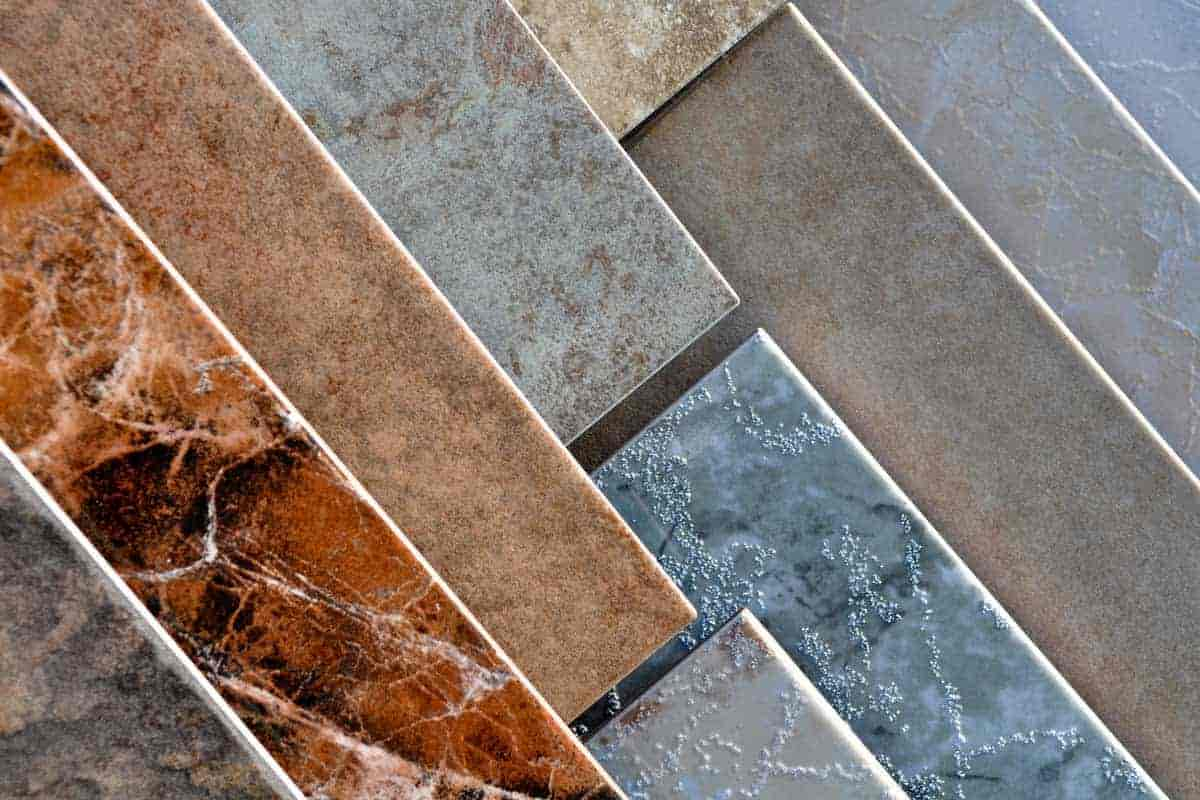
Porcelain tiles are more water-resistant because they are made of finer clay than other types of ceramic tiles and are hardened at higher temperatures.
Although there are occasions when porcelain is seen as a more opulent building material, it is frequently challenging to distinguish between porcelain and high-end ceramic tile.
Today’s porcelain tile types are extremely good at imitating other materials, such as wood or even actual stone. Porcelain is a bit more challenging for do-it-yourselfers to cut and install because it is a tougher material than typical ceramics.
When Should Tile Floors Be Cleaned?
The term “dry cleaning” refers to brushing or vacuuming the floor to remove any grit that could damage the tile’s finish.
This should be done at least twice a week for tile floors. Every two weeks, mop the tile floors in the kitchen and once a week in the bathrooms. Give the grout a spot cleaning once every two to three months.
Clean Porcelain Ceramic Floor Tiles
Although it’s frequently difficult to notice the accumulation of dirt under your feet, the two most popular types of floor tiles, ceramic, and porcelain, are simple to clean.
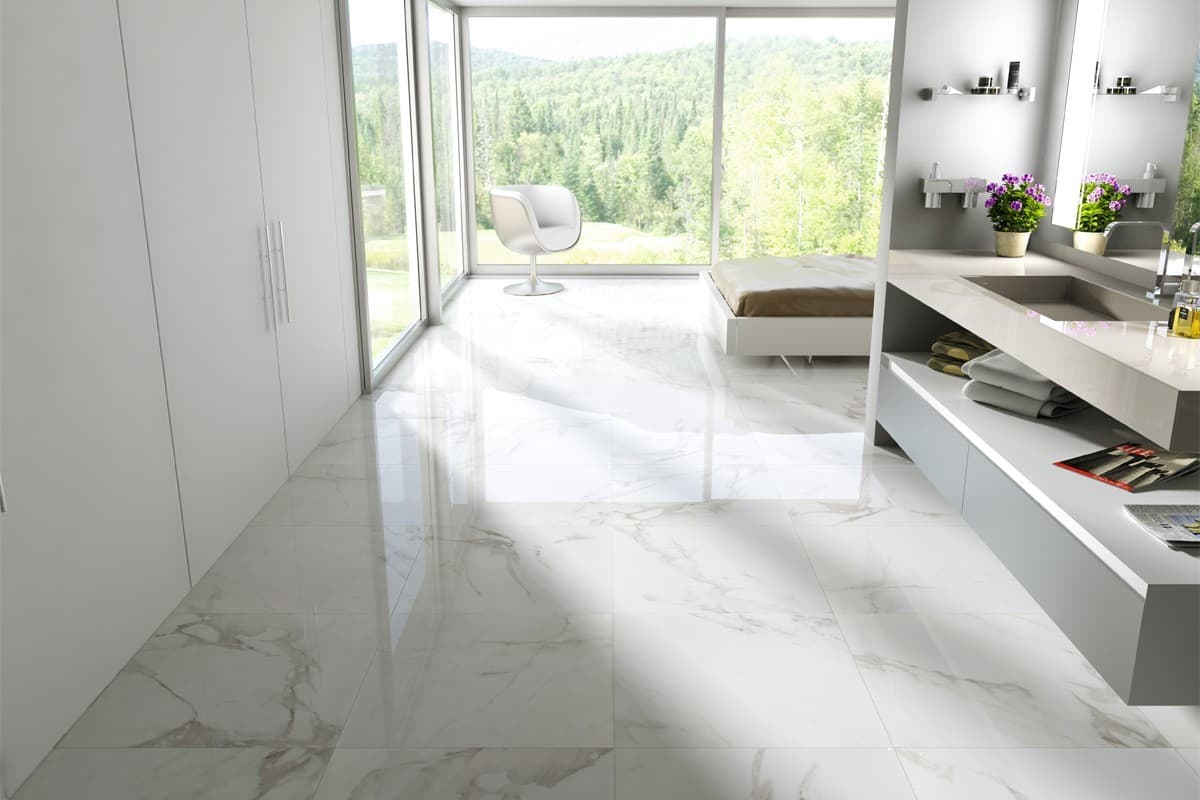
Because ceramic and porcelain tiles don’t scratch or lose their luster readily, you may clean them with almost any cleanser, including all-purpose, dish soap, and plain white vinegar.
Vacuum or sweep the tile.
Make sure to enter any corners because dirt likes to collect there. Hair and dust are readily removed with a microfiber duster.
the cleaner and warm water together
Instead of using a sponge mop, dip a cloth or chamois mop into the solution. Squeeze out the extra moisture to keep the item wet rather than soaked.
Use even, gentle strokes to sweep the floor with the mop.
To ensure that no square inch of the floor is overlooked, use a pattern as you travel across the space.
Alter the Water Frequently
The water will inevitably become cloudier as you rinse out the mop or rag. To prevent leaving a murky film of grime on the tile, constantly dump the dirty water and refill the tub.
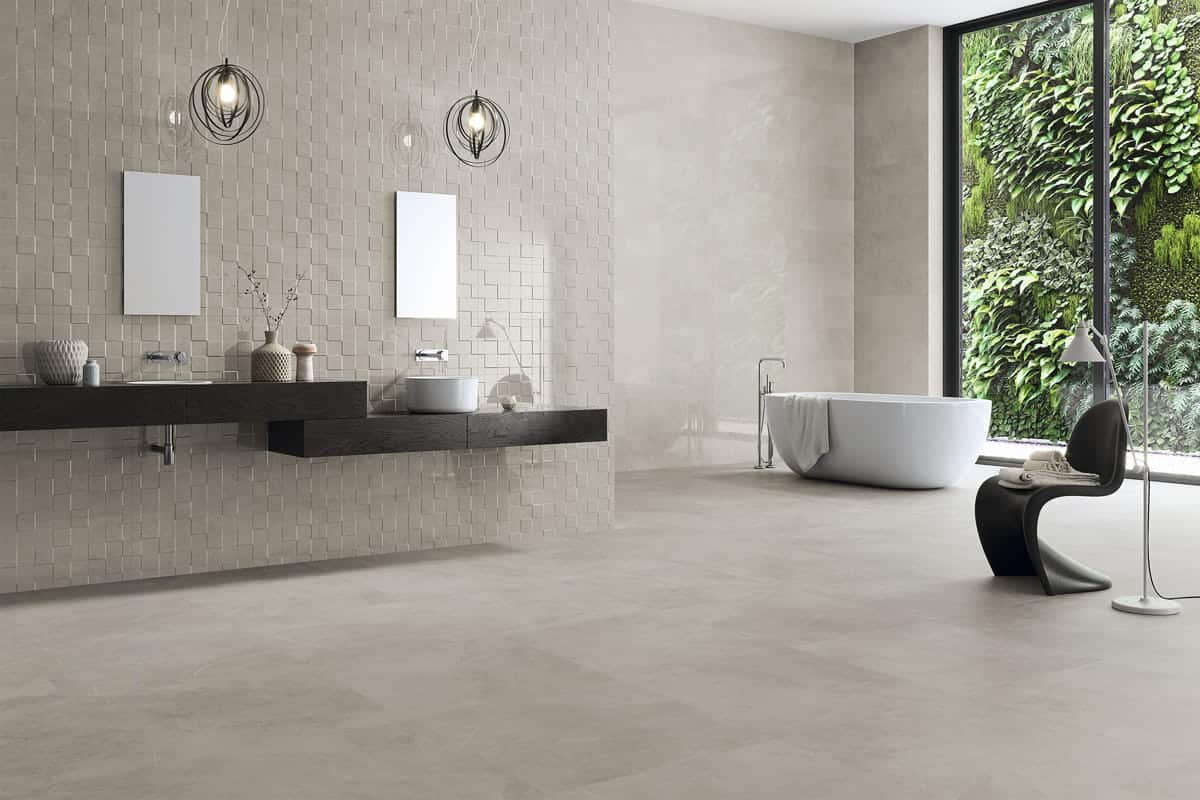
When you’re done, and you notice the haze, make a solution of white vinegar and hot water and wipe a moist cloth over the film to remove it.
Refresh the grout
Spray a grout-specific cleanser on the grout or prepare a bleach solution (while wearing gloves to prevent the bleach from getting on your skin). After letting it sit for a while, rinse it off.
Using a Clean Cloth, Dry the Floor
If your tile is prone to developing water stains, dry it out as soon as you finish mopping.
Clean Floor Tiles Marble
With a few exceptions, porcelain and ceramic tiles can be cleaned similarly to marble, slate, or granite floor tiles.
Use a soft-bristled brush to clean and sweep natural stone tile floors, which are much more likely to get scratched than ceramic or porcelain floors.
Ensure that you’re using the appropriate floor cleaner: Granite tile requires a pH-neutral, gentle detergent in order to prevent discoloration, but slate and marble tiles cannot tolerate anything acidic, such as vinegar.
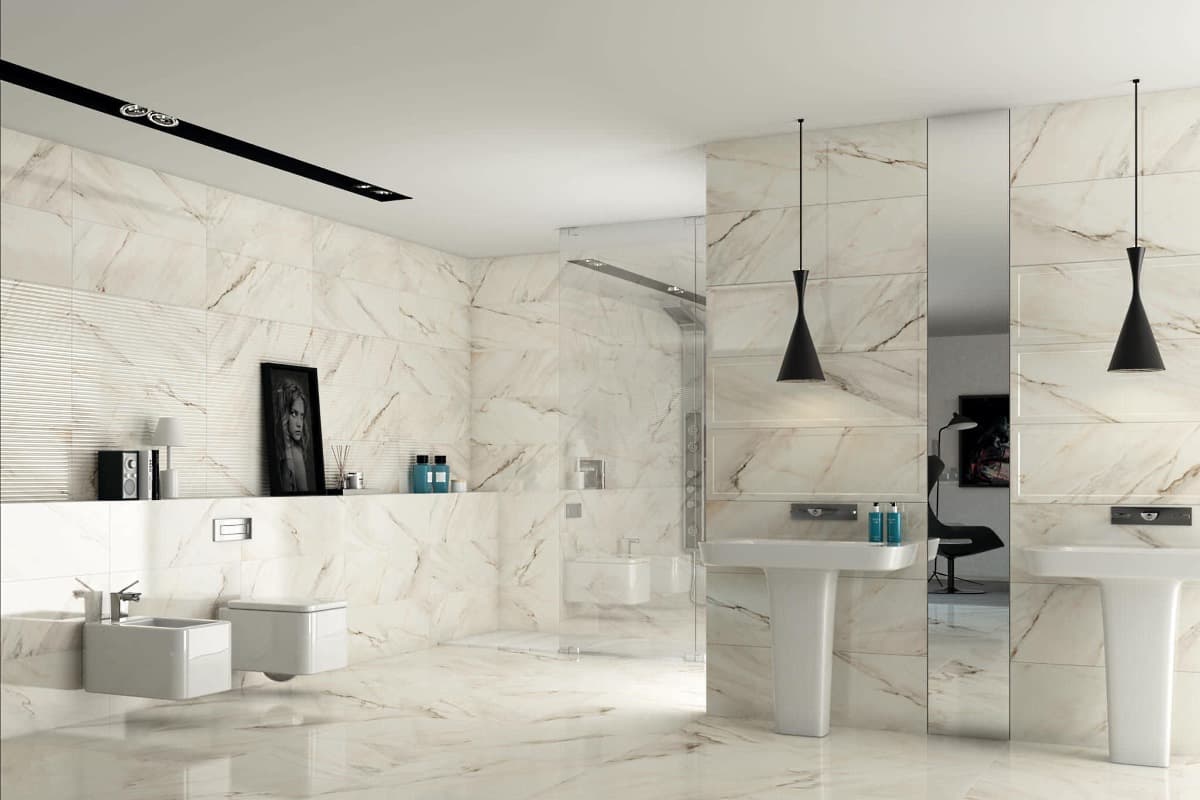
Terracotta Tile Floor Cleaning
Terracotta is comparable to ceramic tile in that both are manufactured from earthy clay that is naturally formed into tiles and fired until it becomes firm.
Terracotta is burned at a relatively low temperature and does not have surface glazing. Therefore the resulting tiles are much more porous than ceramic and porcelain tiles.
Therefore, unless they are sealed, they may be highly stain-prone. When cleaning terra cotta tile flooring, keep the following in mind:
Every week, vacuum before damp-mopping the floor with light soap and water.
Oxalic acid and water can be used to get rid of stains. After removing the stain, rinse by moist sweeping with a soft cloth.
Never clean with acidic products like vinegar or ammonia since they can harm or stain the tiles.
Use soft brushes instead of hard ones, especially wire brushes. Terra cotta tiles are rather brittle and are prone to be scratched.
Your floors will be stain-resistant and easy to clean if you treat them with a water-based sealer every year.
How to Clean Floors with Quarry Tile
The easiest way to think of quarry tile is as an engineering variation of terra cotta.

It is made of natural clay mixed with crushed stone, then molded and burnt at a temperature high enough to produce slightly harder and more water-resistant surfaces than terra cotta tiles.
For cleaning quarry tiles, remember these suggestions:
All that’s needed for weekly cleaning is soap and water. After cleaning, rinse to get rid of soap scum.
The ideal way to perform occasional deep cleaning is with a brush and a stripping cleaner, such Klenz-All.
Despite the fact that quarry tile is more stain resistant than terra cotta, it is nevertheless advised to periodically seal it using a product made specifically for quarry tile. Additionally, sealing can stop stains and water from soaking into grout lines.
Keeping Concrete Paver Floors Clean
Ordinary cement-based concrete flooring tiles are a relatively new innovation in home flooring, but they are gaining appeal due to their low price and widening selection of colors and styles. It’s not too difficult to clean them:
The ideal method for general cleaning is to sweep or vacuum first, then damp mop the floor with water combined with a mild, non-acidic cleaner.
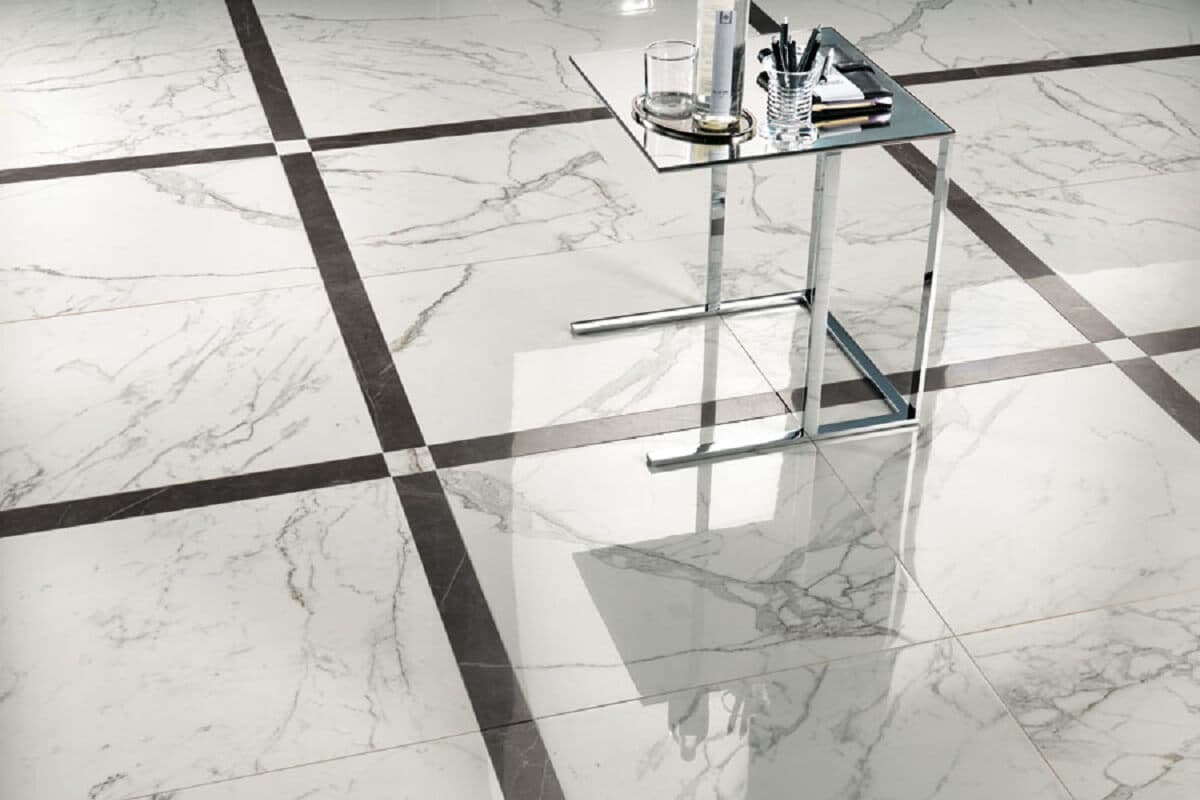
The tiles should ideally be moistened before you start cleaning them. A nylon brush that is flexible works well for scrubbing.
The majority of the time, penetrating stains may be removed with a professional concrete cleaner and scrub brush.
NEVER clean concrete pavers using wire brushes, acidic cleaners, or bleach.
Use a damp mop and clean water to rinse after scrubbing with a detergent solution.
Concrete pavers need to be sealed on a regular basis, just like other stone floor tiles. Apply a high-quality concrete sealant after thoroughly cleaning and drying the surface.
Clean Floor Tiles Vinyl
Although vinyl and linoleum floors are less expensive than more expensive stone or ceramic tiles, maintenance is still crucial.
Although using a steam mop can seem like a quick fix to clean, vinyl and linoleum aren’t designed to resist high heat and humidity.
Vinyl: After sweeping, mop with a cleaning solution suggested by the manufacturer or a solution made of equal parts water and vinegar. Avoid using abrasive cleansers since they could scratch the flooring.
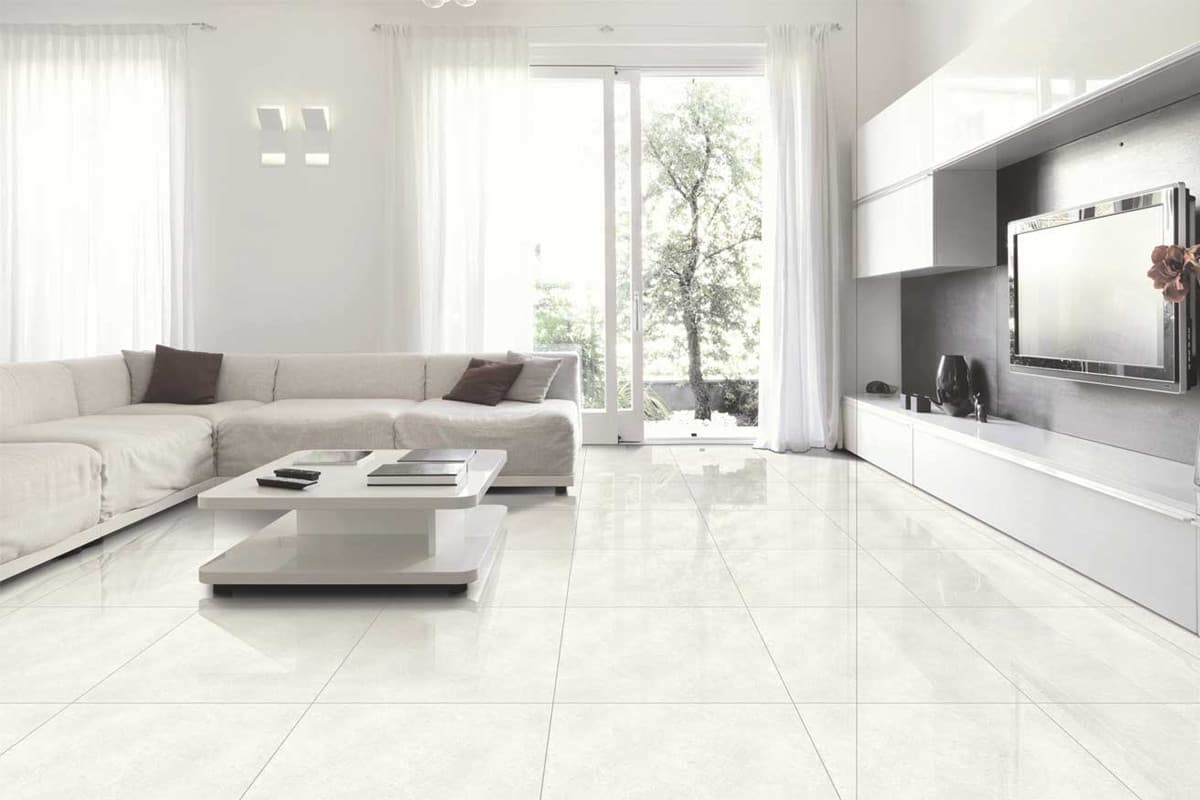
Linoleum: Use a cleaning solution formulated specifically for linoleum or one that contains borax and water after sweeping. Apply a layer of wax and buff the floor every three to six months to keep it looking beautiful.
How to Remove Stains from Tile Grout
Grout is susceptible to stains, especially if it is light in color. If the stain won’t come out with regular cleaning techniques, make a paste of baking soda and water.
Apply it to the stain, let it lie there for a few hours or overnight, and then scrub it out with a nylon brush. (or, in a pinch, an unused toothbrush).
Some would advise using a steam cleaner to remove grout stains but repeatedly could harm the grout over time. Stick to a baking soda paste, and once it is clean, seal the grout with a silicone-based product to eliminate any risk.
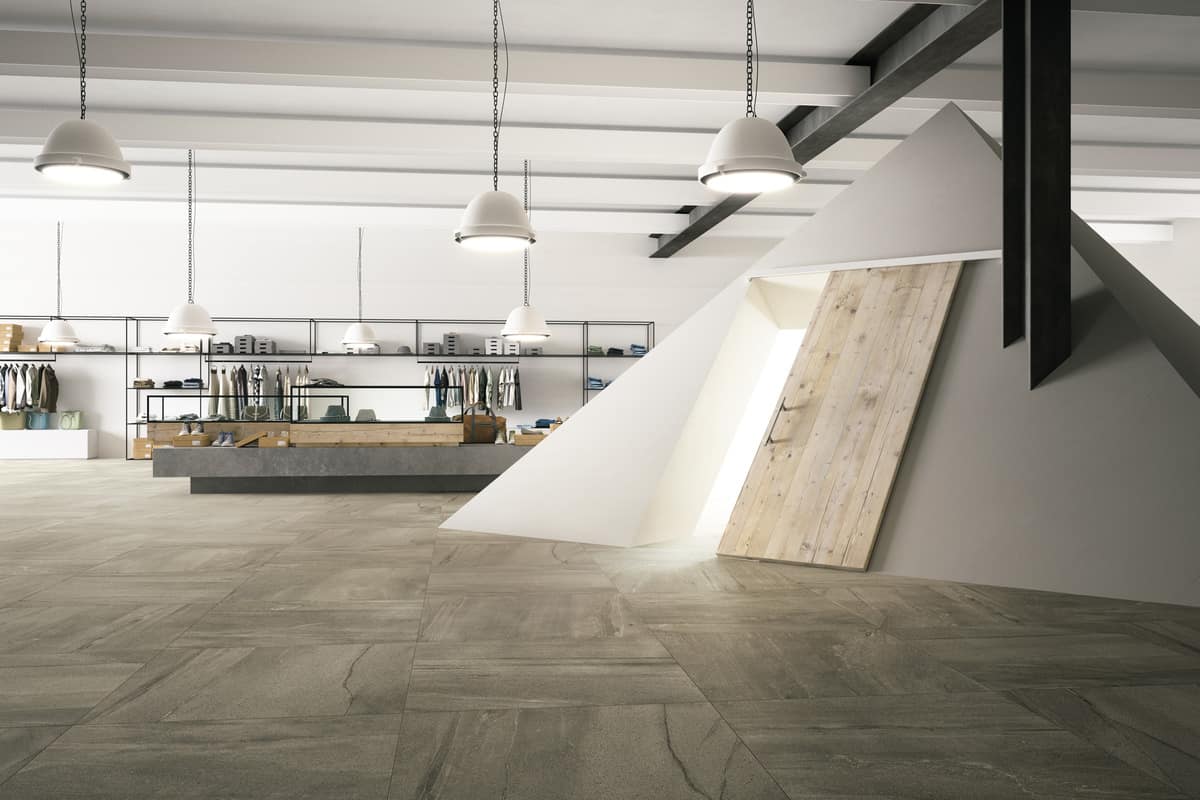
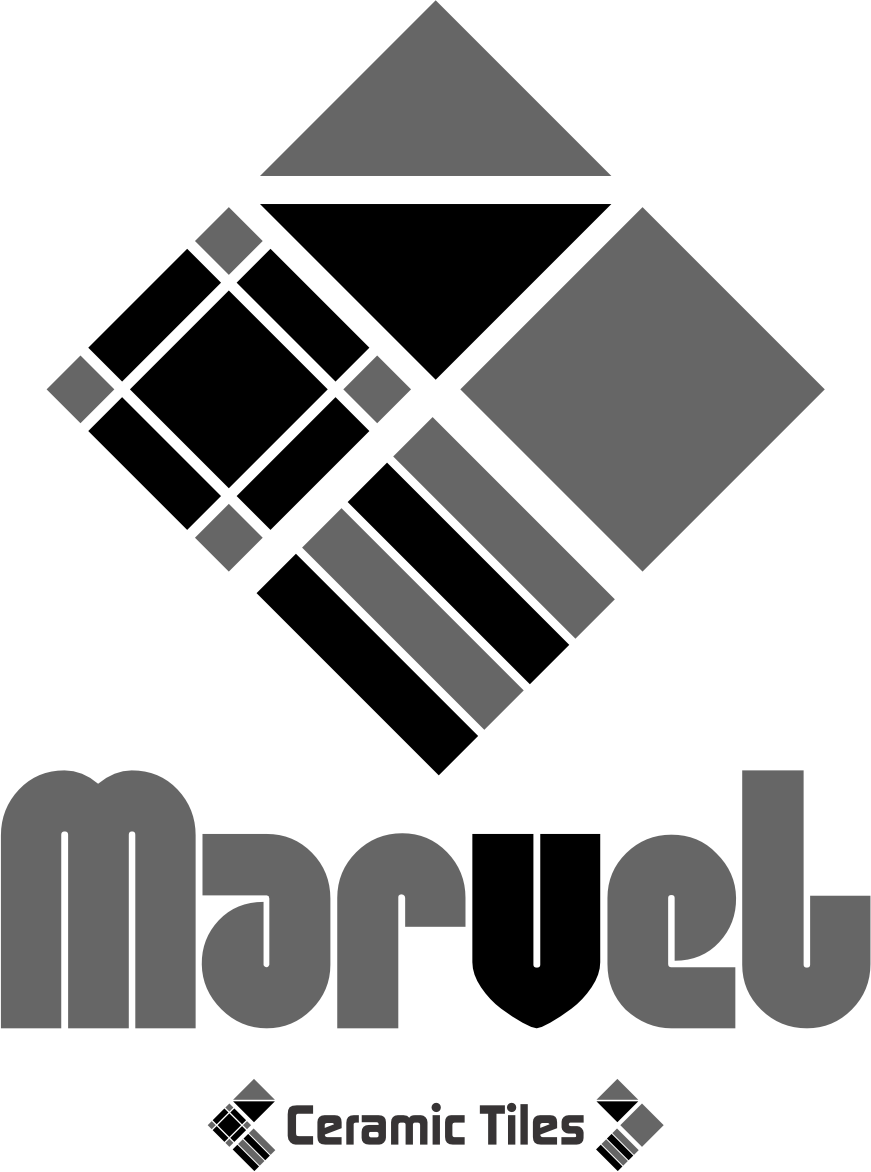
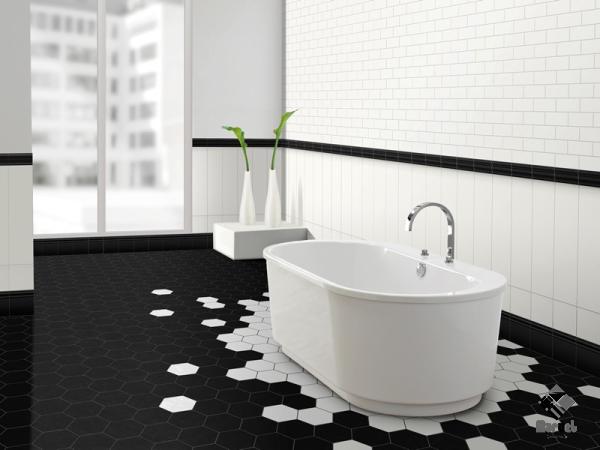
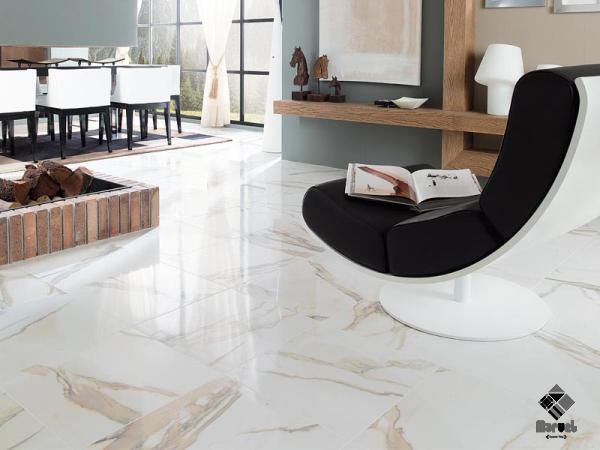
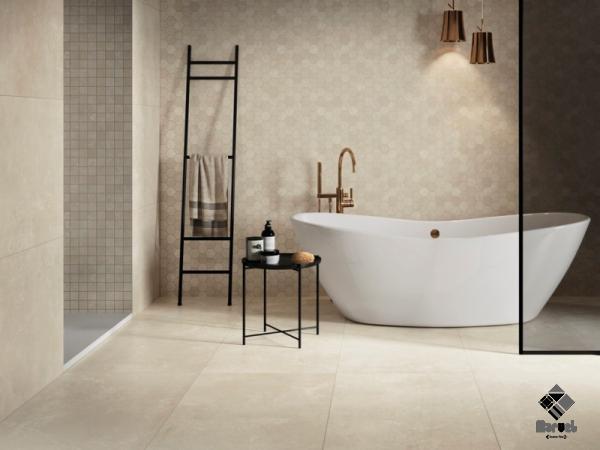
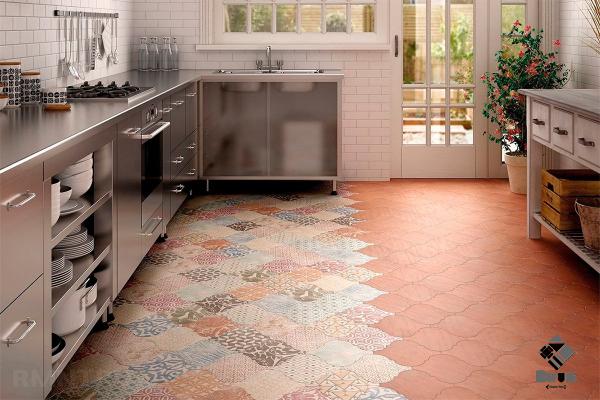


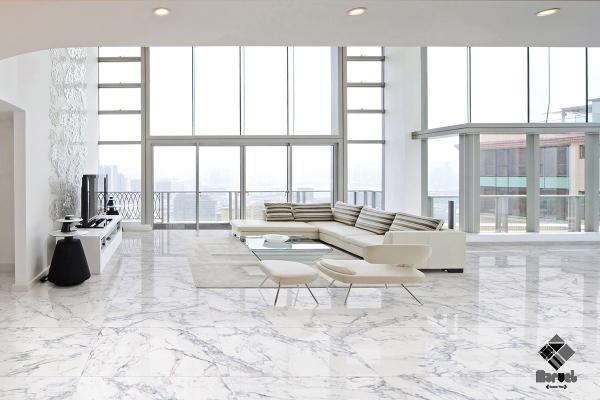
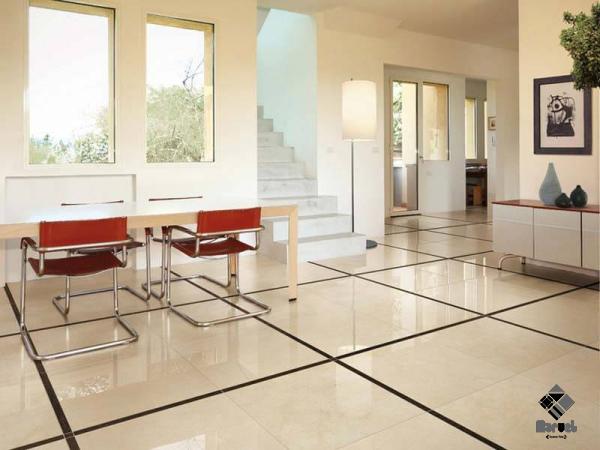
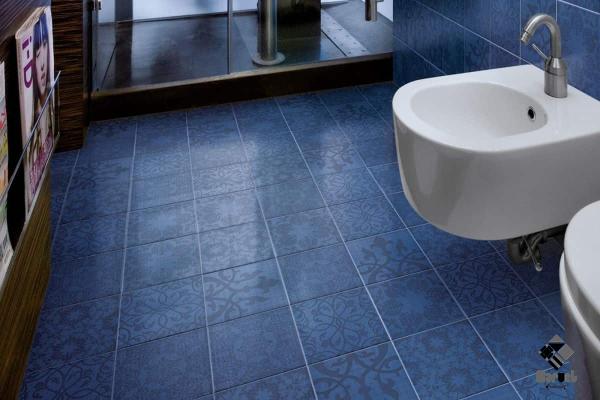
Your comment submitted.